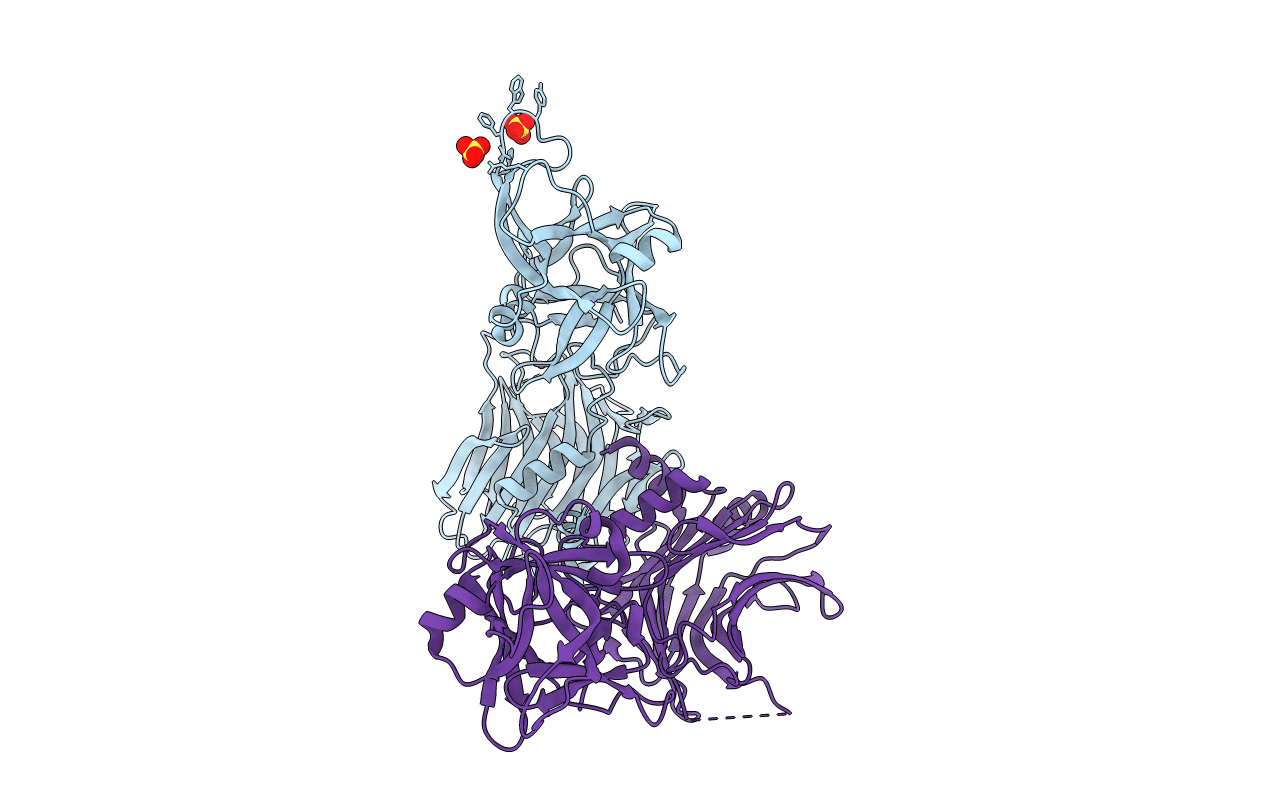
Deposition Date
2011-06-02
Release Date
2011-12-28
Last Version Date
2024-03-13
Entry Detail
Biological Source:
Source Organism:
Clostridium botulinum (Taxon ID: 1491)
Host Organism:
Method Details:
Experimental Method:
Resolution:
2.99 Å
R-Value Free:
0.29
R-Value Work:
0.25
R-Value Observed:
0.25
Space Group:
P 21 21 21


